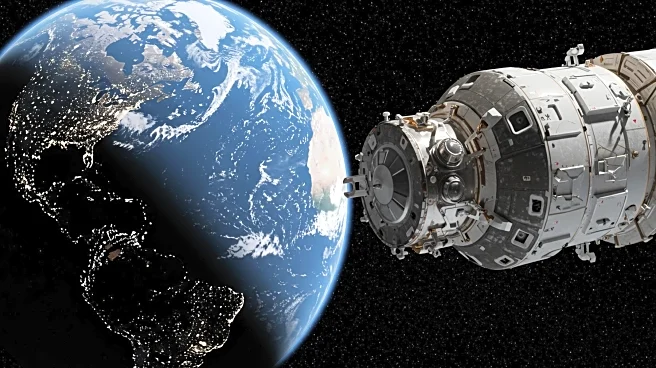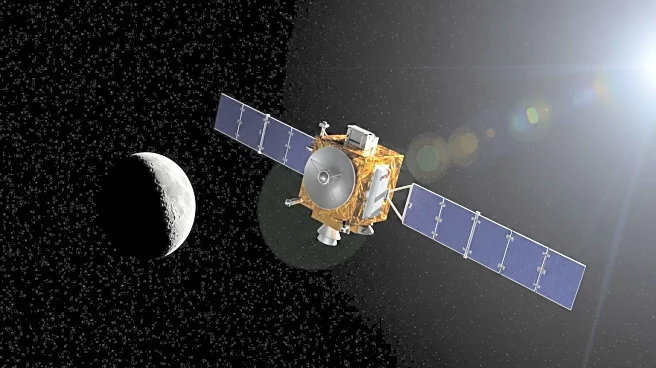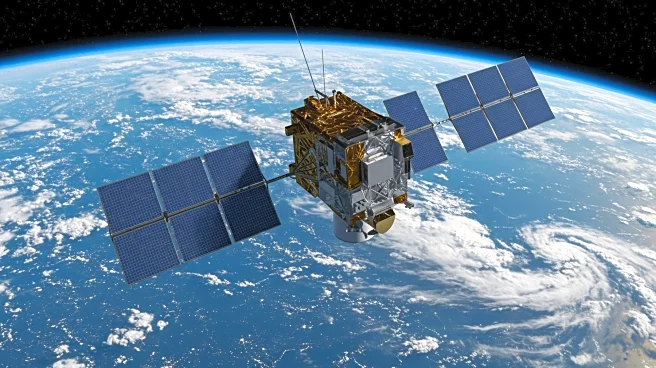Rapid Read • 8 min read
NASA and IBM have collaborated to create an artificial intelligence model named Surya, designed to predict solar flares before they impact Earth. The model is trained on nine years of data from NASA's Solar Dynamics Observatory, which captures high-resolution images of the sun in various wavelengths. Surya can forecast the sun's appearance hours into the future and predict solar flares with 16% better accuracy than standard machine learning models. This advancement could potentially warn of dangerous space weather, which can disrupt GPS and communication satellites, and pose risks to astronauts and airline passengers. The AI model functions like an 'AI telescope,' providing insights into solar activity and its potential effects on Earth.
AD
The development of the Surya AI model is significant as it enhances the ability to predict solar flares, which can have profound impacts on technology and infrastructure. Solar flares can lead to geomagnetic storms, affecting power grids and satellite operations. By improving prediction accuracy, the model offers a potential early warning system for industries reliant on satellite communications and power grid stability. This could lead to better preparedness and mitigation strategies, reducing the risk of disruptions. The model's ability to predict solar activity on the far side of the sun and at the poles, where direct observations are not possible, further extends its utility in space weather forecasting.
The Surya model is currently intended for scientific use, but future integrations with other AI systems could make it accessible to power grid operators and satellite constellation owners. This would enable these stakeholders to utilize the model as part of an early warning system, enhancing their ability to respond to potential disruptions caused by solar activity. Continued development and testing of the model may lead to broader applications in space weather forecasting, potentially influencing policy and operational decisions in industries affected by solar flares.
The use of AI in predicting solar flares represents a shift towards more advanced and intuitive models in space weather forecasting. This development highlights the growing role of AI in understanding complex natural phenomena and its potential to transform traditional scientific approaches. The ethical and practical implications of relying on AI for critical predictions, such as space weather, may prompt discussions on the integration of AI in scientific research and its impact on decision-making processes.
AD
More Stories You Might Enjoy










